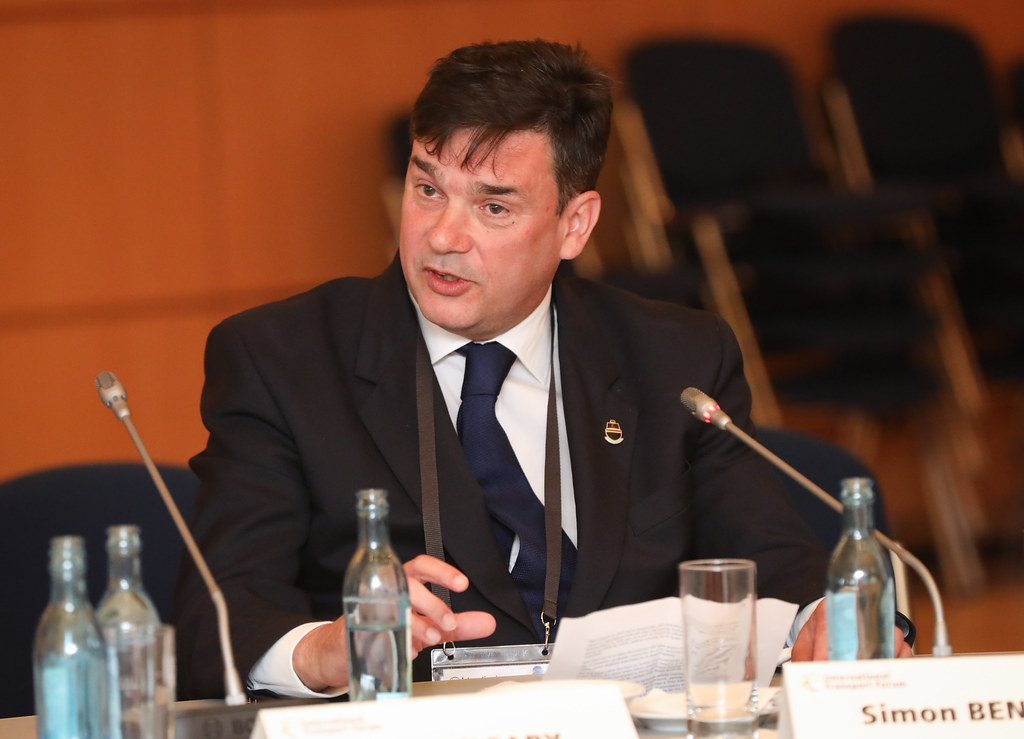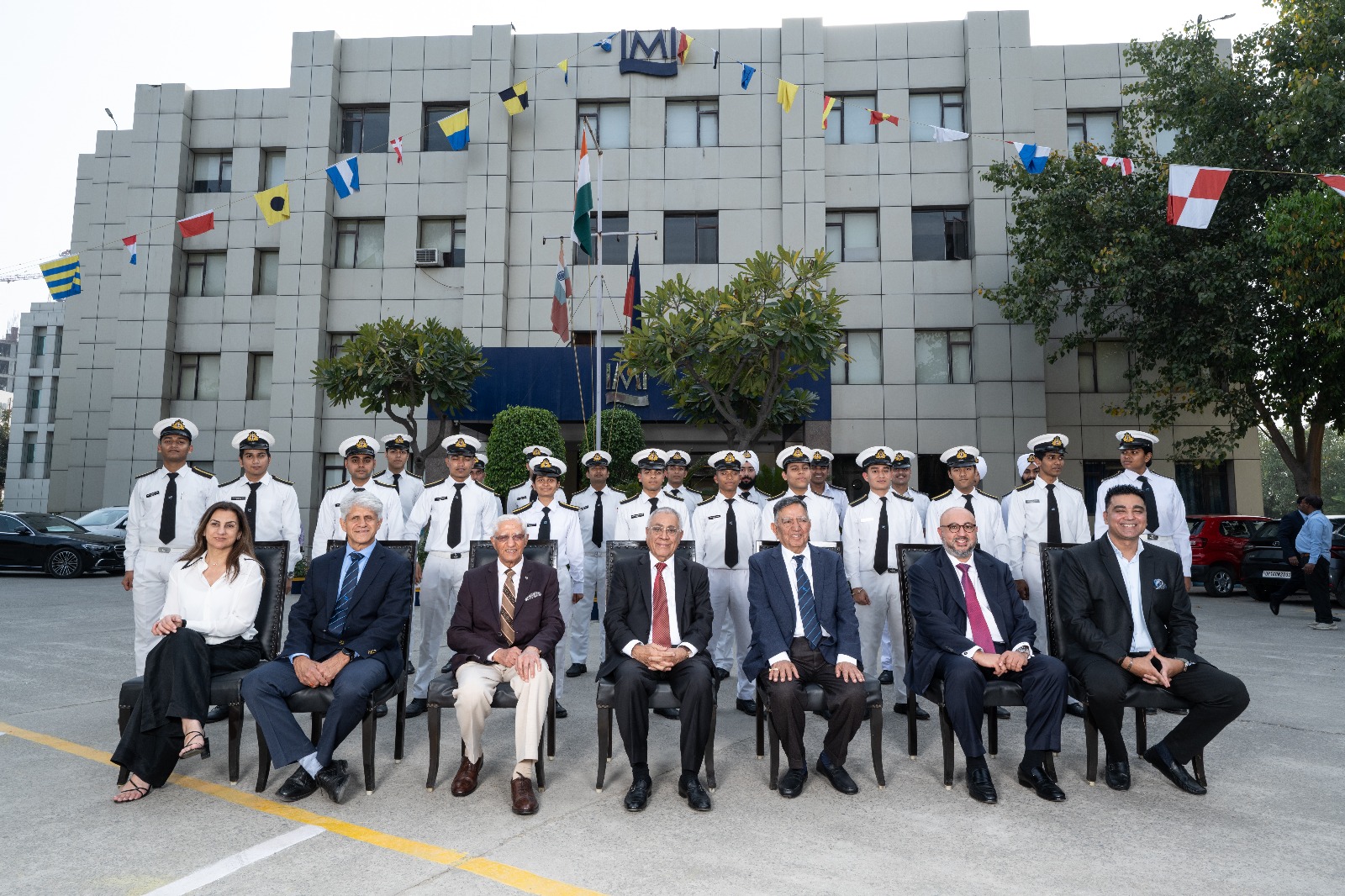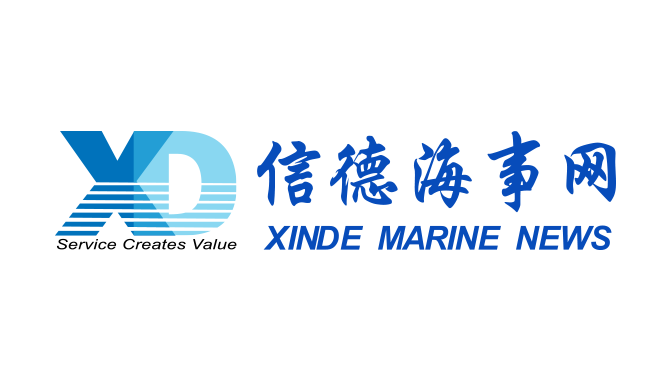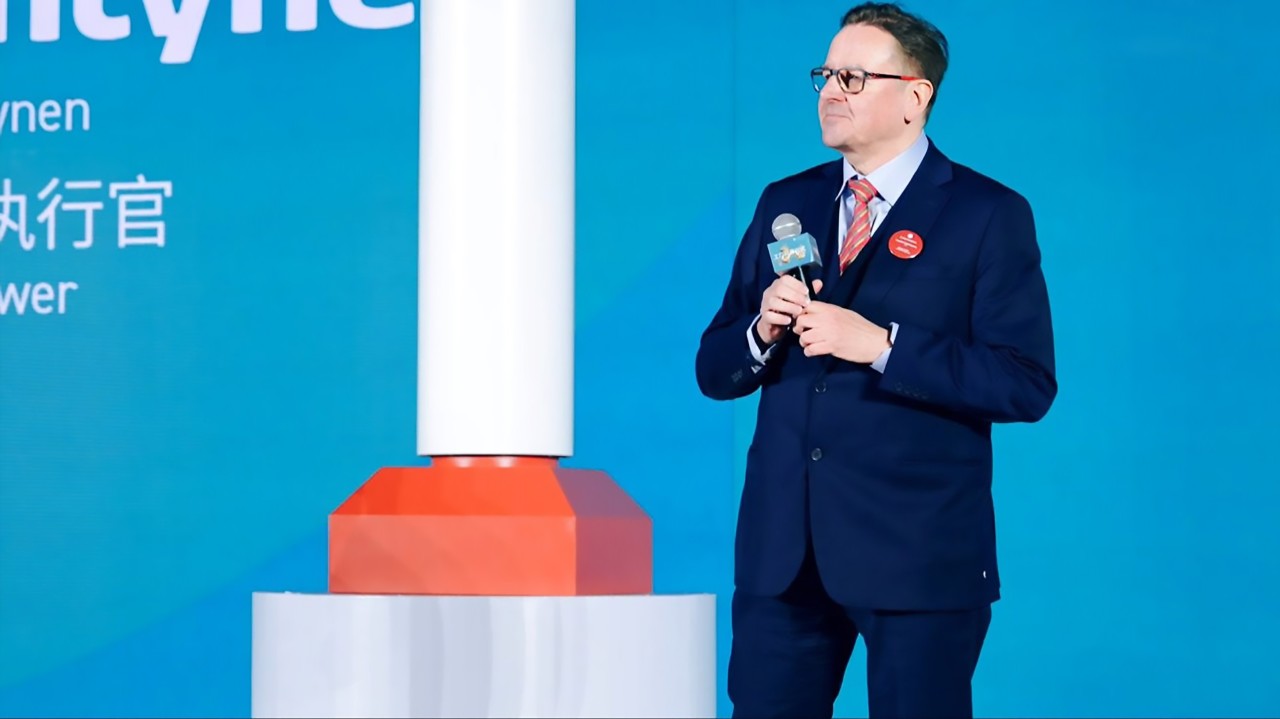Last year, Xinde Marine News conducted an interview with Simon Bennett, the deputy secretary general of ICS (see details: → ICS Simon Bennett: We need to co-operate with the China shipping industry https://www.xindemarinenews.com/en/PEOPLE/2021/0420/28809.html ).In that interview, Simon expressed that China's important influence in the global shipping industry, including crew shift change, crew vaccination, as well as the International Maritime Research Fund affecting the decarbonization development of the shipping industry, all need China's support and efforts.
For two years now, the pace of decarbonization transformation in the global shipping industry has been accelerating, and the proposal submitted by ICS to establish a IMRF has become an increasingly important topic. The upcoming ISWG-GHG12 and MEPC 78 will see another round of discussions on theIMRF and market-based solutions for decarbonization of global shipping. The establishment of IMRF is the most critical step.
What is IMRF and what impact IMRF can have on the shipping industry? Xinde Marine News recently interviewed Simon and give us a thorough understanding of the proposal.

Xinde Marine News: The USD 5 billion-International Maritime Research Fund was put forward in 2019, is there any change and development for this proposal over two years?
With the support of a wide range of leading maritime nations, including Denmark, Greece, Japan and Singapore, a comprehensive regulatory proposal was submitted to IMO in 2021, although discussion was unfortunately complicated due to COVID-19 and the inability of IMO to hold physical meetings.
Meanwhile, the need to accelerate R&D of zero-carbon technologies has become more urgent than ever. The average new ship has a life of 25 years, so if we are going to meet the target being set by IMO for the industry for 2050, large numbers of zero-carbon ships need to be start being delivered by shipyards from 2030 onwards.
This will require a massive and rapid increase in Technology Readiness Levels which the US$5 billion IMO Maritime Research Fund is intended to achieve. This is why we now urgently need the IMRF to be established at the IMO MEPC meeting this June. Otherwise, there is a real danger that reducing CO2 emissions at the speed required to meet the UNFCCC 1.5 degree climate change goal will only be plausible if the volume of maritime trade is reduced, which will be a disaster for development of the global economy and standards of living in a world where the population is continuing to grow.
Xinde Marine News: What is the new content in the IMRF proposal this year?
The Government of China has legitimately raised questions about how the proposed R&D Fund will help the CO2 reduction efforts of developing countries. The latest version of the IMRF proposal, which is now supported by a number of developing countries, seeks to address these concerns. It is therefore greatly hoped that China will now be able to support the establishment of the IMO Fund, to be paid for by the industry, which will lead to collaborative GHG projects in which Chinese companies and institutions will be able to play a leading role.
The specific changes made to the Fund proposal will mean that about 10% of the money collected, some US$0.5 billion over a 10 year period, will be directed to the IMO GHG-TC Fund which can be used to support maritime GHG reduction projects by developing countries. The latest proposal also differentiates between developed and developing countries. Companies and institutions in developing counties participating in IMRF projects will not be required to provide co-funding, although those based in developed countries will be required to provide co-funding unless they collaborate with entities in developing countries via joint IMRB projects.
Xinde Marine News: Last year during the COP26, ICS and IMO meet with Green Climate Fund to discuss the provision of up to $1.5 million to accelerate IMRF. When will this fund be ready and what will be used for?
The GMF money would be used to help to set up the R&D collection system so that that the IMO Fund can be operational as soon as possible, provided of course that IMO approves the establishment of the IMRF.
Xinde Marine News: How soonest could the IMRB be established, what will be the obstructions for that?
If IMO Member States approve the establishment of the Fund at the IMO meeting in June, the IMRB could be operational within about 18 months. The industry has already developed a working prototype of a fully automated R&D contribution system and is willing to provide the funding to make this fully operational. The only real obstacle is a potential lack of political will from IMO Member States to make the 5 billion dollar Fund happen. This is why the position which China takes at the IMO meeting in June will be so important.
Xinde Marine News: Now days, many countries and regions have launched various of R&D funds or projects to accelerate shipping decarbonization, but lack of top-level design. What influence will be for the shipping industry?
This is true, but these are simply not on the scale of what is needed to make decarbonisation of shipping possible in the short time we have available. The IMRB will provide strategic oversight to ensure collaborative efforts to minimize unnecessary duplication of effort given the limited resources for R&D which are available globally. But the IMRB will be a complement to these national and regional efforts rather than being in competition with them.
Xinde Marine News: The IMRF will be financed via USD 2 per tonne of marine fuel. Who will be charged for this, ship owners, charterers or operators?
The ship operator will be responsible for transmitting the required R&D contribution to the IMO Fund on an annual basis, based on verified fuel consumption data which ships are already required to provide to their maritime administration, but the entity responsible for paying for the fuel under commercial contract will also be responsible for paying the R&D contribution before it is transmitted to the IMO Fund by the ship operator.
Xinde Marine News: What is the difference between IMRF and carbon tax, is it a part of market-based measures (MBMs) of IMO?
The IMRF is not an MBM because it has the specific purpose of raising funds for R&D rather than influencing behaviour through setting a carbon price. The R&D contribution is not a tax because no money is passed via governments.
Xinde Marine News: In November last year, ICS issued a report named A Zero Emission Blueprint for Shipping, and listed more than 260 example R&D projects. What are the main aspects of these projects, could you introduce some special projects?
The purpose of all the projects identified, which would form the basis of the projects commissioned by the IMRB, would be to increase Technology Readiness Levels by 2030 and help identify the pathways to decarbonisation. Some projects will concern hydrogen, some ammonia, some will look at carbon capture and storage. Some will address the safety issues associated with the use of new fuels, others would be concerned with safe delivery of new fuels to ships by bunker suppliers.
The opinions expressed herein are the author's and not necessarily those of The Xinde Marine News.
Please Contact Us at:
media@xindemarine.com


 Dr. Harry S. Banga and Mr. Angad Banga of The Carav
Dr. Harry S. Banga and Mr. Angad Banga of The Carav  Liberian Registry Welcomes Kyle Hurst as Senior Vic
Liberian Registry Welcomes Kyle Hurst as Senior Vic  KATALIST: Accelerating Green Shipping through Innov
KATALIST: Accelerating Green Shipping through Innov  Revealing the risks: digital solutions for complian
Revealing the risks: digital solutions for complian  Beibu Gulf Port Chairman Zhou Shaobo Passes Away at
Beibu Gulf Port Chairman Zhou Shaobo Passes Away at  Exclusive Interview with Norsepower CEO: Bringing S
Exclusive Interview with Norsepower CEO: Bringing S